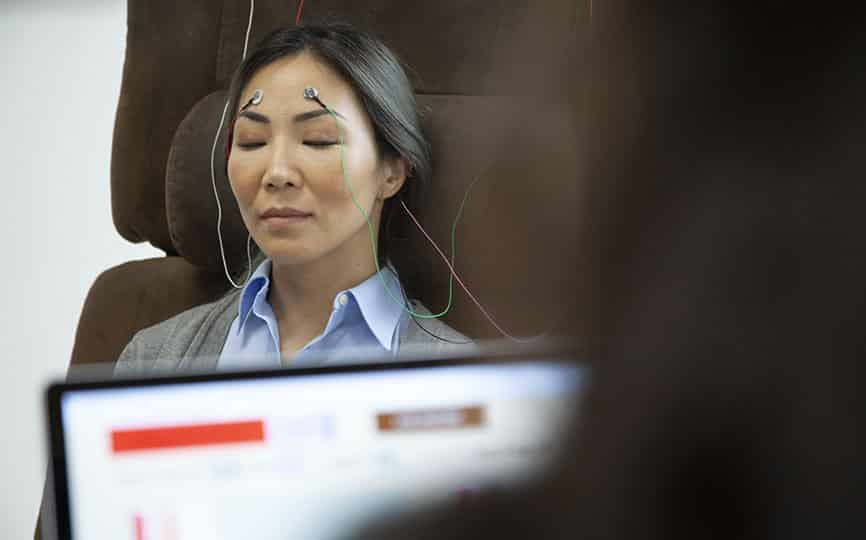
NEUROFEEDBACK FOR ADHD
Did you know an estimated 8.4% of children and 2.5% of adults have ADHD. It is one of the most common neurodevelopmental conditions of childhood. And many adults with ADHD do not realize they have the disorder. It is likely you, a loved one or someone you know is affected with ADHD. So, you may wonder, is neurofeedback for ADHD an option?
What is Attention Deficit Hyperactivity Disorder (ADHD)?
Symptoms of ADHD include inattention (not being able to keep focus), hyperactivity (excess movement that is not fitting to the setting) and impulsivity (hasty acts that occur in the moment without thought). Many ADHD symptoms, such as high activity levels, difficulty remaining still for long periods of time and limited attention spans, are common to young children in general. But, the difference in children with ADHD is that their hyperactivity and inattention are greater than expected for their age and cause distress and/or problems functioning at home, at school or with friends.
Neurofeedback for ADHD in Adults
For adults with ADHD it may be challenging to focus, leading to missed deadlines and forgotten meetings or social plans. In addition, the inability to control impulses can range from impatience waiting in line or driving in traffic to mood swings and outbursts of anger.
Adult ADHD symptoms may include:
- Impulsiveness
- Disorganization and problems prioritizing
- Poor time management skills
- Problems focusing on a task
- Trouble multitasking
- Excessive activity or restlessness
- Poor planning
- Low frustration tolerance
- Frequent mood swings
- Problems following through and completing tasks
- Hot temper
- Trouble coping with stress
Left untreated, adults with ADHD can experience reduced emotional and social functioning in areas such as:
- Morning routine (getting ready for work and/or kids ready for school)
- Driving safely to office
- Finishing work accurately and on time
- Helping kids with homework
- Interacting with significant other/partner
- Planning next day’s activities
- Going to bed on time
Traditional Treatments vs. Neurofeedback Treatment
Treatment of ADHD usually consists of medication therapy, often combined with behavioral therapy. These treatments can also include parent and teacher management training and mediation.
Over the past years, the Multimodal Treatment Study of Children with ADHD has provided ample ADHD research about stimulant medication and behavioral treatments. The studies prove that both stimulant medication and combined treatment had clinical benefit in the short term. Long-term, the benefits decreased after 24 months, as well as after 6 and 8 years. These findings have resulted in a growing interest into the development of non-drug treatments in ADHD such as Neurofeedback for ADHD.














